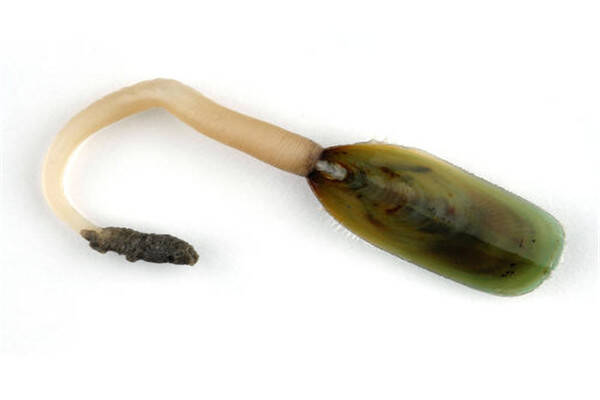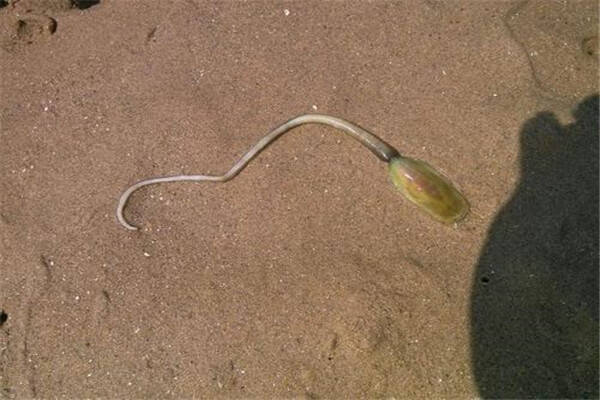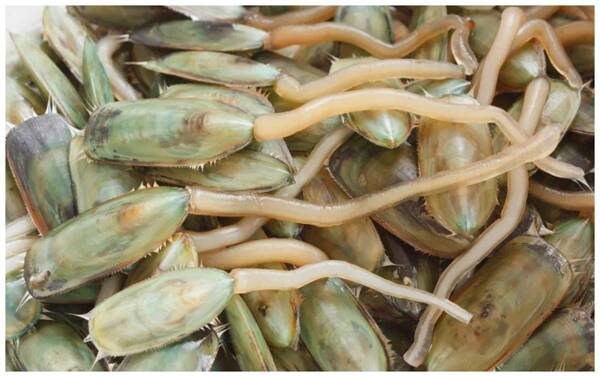The oldest living thing on earth is the lingulatus. Lingula, commonly known as sea bean sprouts, is the genus with the longest survival history among the discovered organisms in the world. It is a famous "living fossil" and lives in temperate and tropical seas. Brachiopods without hinges, tongue-shaped or elongated in shape. The shell is composed of chitin, the shell wall is brittle and thin, and chitin and phosphatin are alternately formed into layers. A class of brachiopods that includes both living and ancient extinct types. First seen in the Cambrian system, it probably originated before the Cambrian period.

The tongue-shaped shell is tongue-shaped or elongated, with a tapered rear edge and a straight front edge. The convexity of the two shells is similar and the size is almost the same, but the abdominal shell is slightly longer. The shell wall is brittle and thin, and chitin and phosphatin are alternately layered. The shell mask has a grease luster and is decorated with concentric patterns. The pedicle is very long, protruding from between the two shells, buried deep in the burrow, and leaving a triangular groove on the false hinge surface of the abdominal shell, called the pedicle groove. The edges of the mantle are bristled, allowing water to enter the wrist cavity from both sides of the front, and then be discharged from the center of the front. The two shells of the uvula are equal in size, oblong to subtriangular, and have a rounded front edge. The posterior edge of the abdominal shell is relatively sharp, with clear false hinge surfaces and stem grooves. The back shell is slightly shorter. The shell has concentric patterns, sometimes intermittent layers, or radial patterns.

In 2004, it was reported that the latest lingual shell-type brachiopod discovered in the Chengjiang Fossil Library was the Haikou Western clam.

Lingulae are small hingeless brachiopods with shells composed of chitin. The extant genus (Lingula) is found in normal marine environments, but is more common in muddy, anoxic brackish waters unsuitable for most organisms. Lingulella is a fossil from the Cambrian system, similar in appearance and structure to modern lingulella. The genus Linglepis (roughly restricted to the Late Cambrian) is different from other tongue-shaped shellfish in that it looks more like a teardrop. Lingulaform shellfish are useful fossils that provide environmental information; they have little effect on stratigraphic contrast; they are important members of the Cambrian brachiopod group.
animal tags: shellfish
We created this article in conjunction with AI technology, then made sure it was fact-checked and edited by a Animals Top editor.